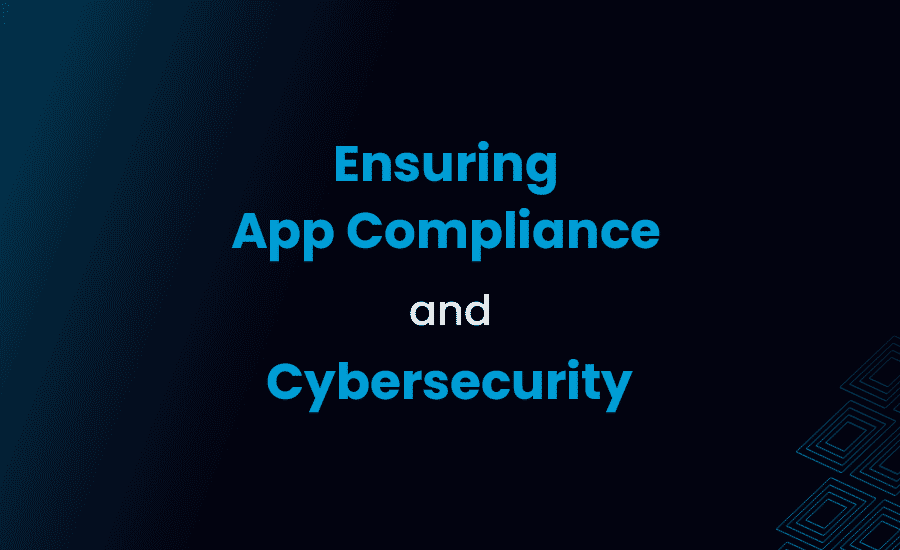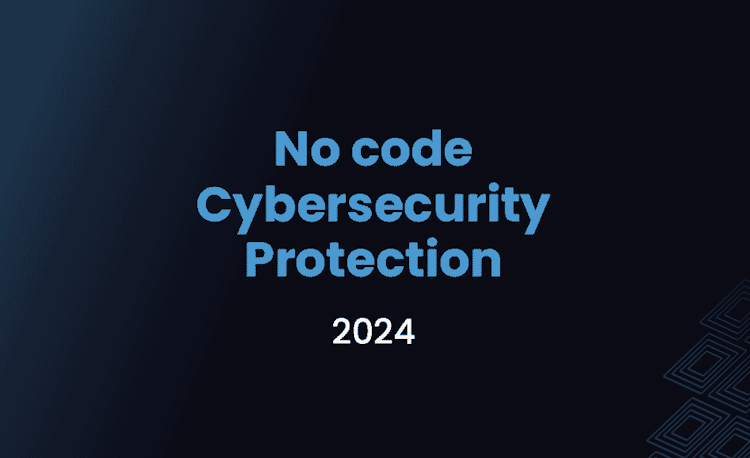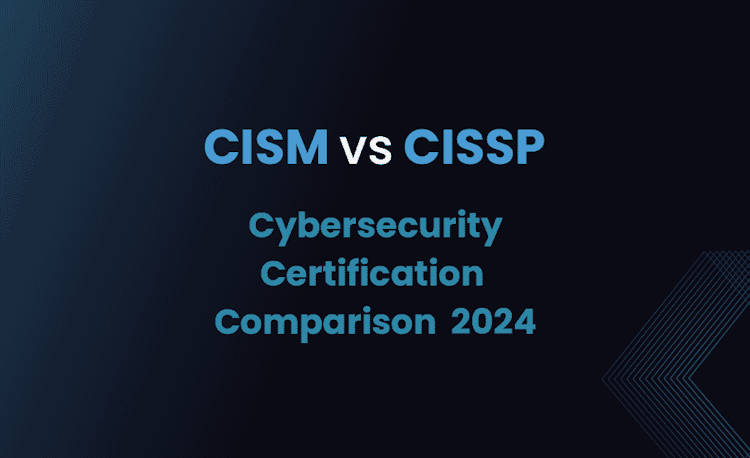How to Ensure Your Company’s Apps Comply with Regulations and Safeguard Against Cyber Threats

In today’s digital landscape, app security is more critical than ever. With cyber threats, hacks, and data breaches on the rise, it’s essential to understand the various regulations companies must comply with and implement strategies to protect their apps. This article focuses on the regulatory landscape for apps, common cyber threats, and key security practices to safeguard your apps and comply with regulations. So, let’s dive in!
The Regulatory Landscape for Apps
In this section, we’ll discuss the primary regulations that apply to apps globally, such as GDPR, HIPAA, PCI DSS, and CCPA. We’ll explore their implications for app development and help you understand what your company needs to do to ensure compliance.
General Data Protection Regulation (GDPR)
The GDPR is the European Union’s comprehensive data protection law that impacts businesses operating in the EU or dealing with EU residents. It emphasizes informed consent, data minimization, and user rights, impacting how apps collect and use personal data from users.
Some essential aspects of GDPR you need to consider for your apps are obtaining informed consent, ensuring users can exercise their rights (e.g., access, erase, and correct their data), and employing data minimization techniques. By implementing these practices, you can ensure that your apps adhere to GDPR requirements and protect your users’ data.
Health Insurance Portability and Accountability Act (HIPAA)
HIPAA is a US law regulating the protection of personal health information (PHI). It is crucial for healthcare apps that store, process, or transmit PHI. Maintaining HIPAA compliance involves implementing access control, data encryption, and other security measures to safeguard sensitive health data.
To comply with HIPAA, your app should have strict user authentication processes and authorization mechanisms. In addition, the app must ensure that data storage and transmission are secure to prevent potential breaches and protect user information.
Payment Card Industry Data Security Standard (PCI DSS)
PCI DSS is a security standard for organizations handling payment card information. If your app processes, stores, or transmits cardholder data, then PCI DSS compliance is essential. Maintaining compliance involves having a secure network, vulnerability management, and other measures.
Some PCI DSS requirements to consider for your app are proper encryption of cardholder data, regular vulnerability scans, and restricted access to sensitive data. Ensuring these practices will help keep your app secure and avoid potential financial risks.
California Consumer Privacy Act (CCPA)
CCPA is a data protection law in California that affects businesses operating within the state or dealing with California residents. CCPA regulations concerning apps include disclosure requirements and notice at collection. Compliance helps your app respect users’ privacy and avoid hefty fines.
To adhere to CCPA, your app needs clear and concise privacy notices, allowing users to opt-out of data selling and providing the means to exercise their rights under the act. Integrating these practices into your app will ensure legal compliance while preserving user trust.
Common Cyber Threats and Attacks on Apps
Apps face various cyber threats and attacks, which we’ll discuss in this section. We’ll explore common hacking techniques, such as insecure authentication, data breaches, malware attacks, and application layer exploits, and how to defend your app against these threats.
Insecure Authentication and Authorization
User authentication and authorization are vital for app security, but many apps have vulnerabilities that expose user data. Weak passwords and lack of multi-factor authentication can leave your app open to attacks.
To reinforce authentication and authorization, consider implementing measures like strong password policies, MFA, and role-based access control. These practices will ensure that only authorized users can access sensitive data and resources.
Data Breaches and Leakage
Data breaches pose severe risks to apps and users. Insecure storage and transmission methods result in data leakage that malicious actors could exploit to gain unauthorized access.
To prevent data breaches, adopt encryption techniques for data storage and transmission, monitor and log any suspicious activity, and control access to sensitive data. These strategies help safeguard against data breaches and ensure your app remains secure.
Malware and Ransomware Attacks
Malware and ransomware attacks can compromise app security and user data. Common infection vectors include phishing campaigns and software vulnerabilities.
To protect your app, employ robust security measures such as secure development practices, timely updates, and real-time threat monitoring. Maintain an up-to-date knowledge of emerging threats to stay one step ahead of cybercriminals.
Application Layer Attacks
Application layer attacks, like DDoS and XSS, exploit vulnerabilities within an app and pose a significant risk to user data. Protecting your app from these attacks is crucial to maintaining its integrity and user trust.
Mitigation measures include input validation, secure coding practices, and implementing security tools like Web Application Firewalls (WAF) to detect and block various app layer threats. In addition, make sure to stay informed on the latest threats and response methodologies to maintain an effective security posture.
Ensuring App Compliance and Security
Adopting a comprehensive approach to app security, including regular assessments, employee training, and proactive incident response planning, is crucial. In this section, we’ll explore key practices for ensuring app compliance and security.
Security By Design
Security by design involves integrating security considerations from the beginning of the app development process. By adopting a proactive approach, you can identify and address potential vulnerabilities early on, reducing risk and enhancing overall security.
Key principles of security by design include prioritizing security from the start, continuous testing and monitoring, and documentation. Implementing these practices will help your app achieve a higher level of security and resiliency.
Regular Security Audits and Vulnerability Assessments
Conducting regular security audits and vulnerability assessments helps identify potential weak points in your app, allowing you to remediate them promptly. Schedule audits and assessments as part of your app development process, and ensure that findings are documented and addressed.
Make sure to use appropriate tools and methods for carrying out these assessments, such as automated scans, manual code reviews, and penetration testing. After completing assessments, work quickly to implement the recommended changes and stay ahead of potential threats.
Security Training and Education
Training and employee education play a vital role in fostering a security-conscious culture within your organization. By equipping staff with the knowledge and skills needed to recognize and avoid security risks, you can significantly reduce the likelihood of cyber incidents.
Develop an effective security awareness program that includes regular training sessions, simulated phishing exercises, and educational resources. Emphasize the importance of personal responsibility and adherence to security policies to maintain a robust security posture.
Incident Response Planning
Being able to respond quickly and effectively to security incidents is essential for minimizing their impact. Develop an incident response plan that outlines the steps your organization will take in the event of a security breach.
Key components of an effective incident response plan include roles and responsibilities, communication protocols, incident handling procedures, and recovery measures. Regularly review and update your plan, and ensure all employees are aware of their responsibilities in the event of an incident.
Conclusion
Ensuring that your company’s apps comply with regulations and are safeguarded against cyber threats is of utmost importance. By understanding and adhering to GDPR, HIPAA, PCI DSS, and CCPA requirements, you can protect your users’ data and maintain their trust. In addition, being aware of common cyber threats and adopting best practices like security by design, regular assessments, employee training, and incident response planning, you can create a resilient app architecture that can withstand cyber attacks. Remember, it’s not just about meeting regulatory requirements, but also about embracing a culture of proactive security and constant vigilance to protect your apps and the users who rely on them.





